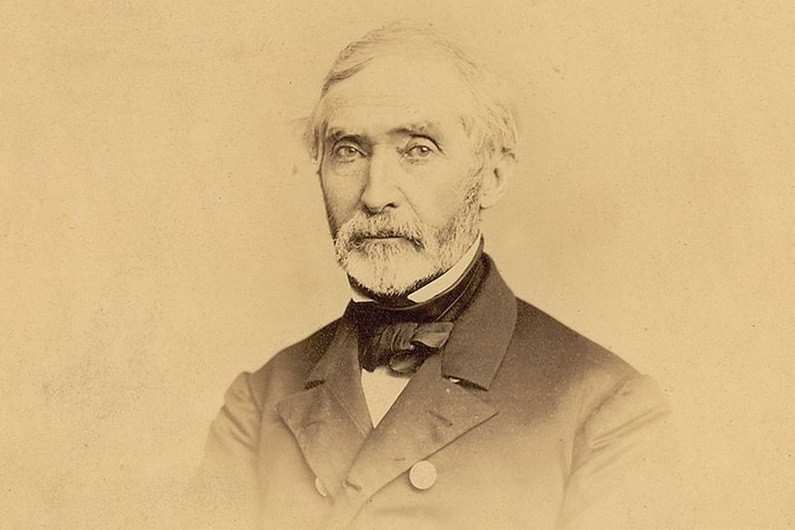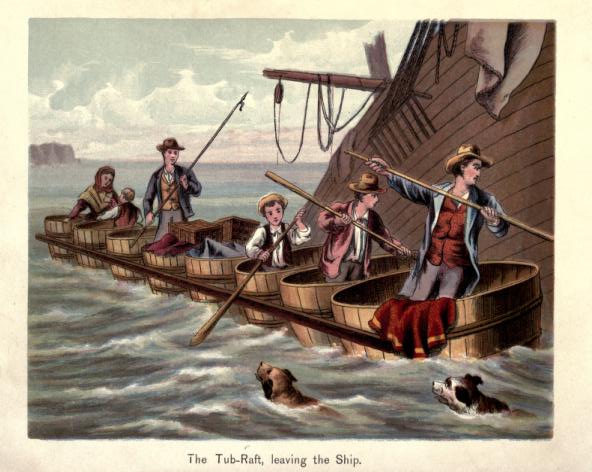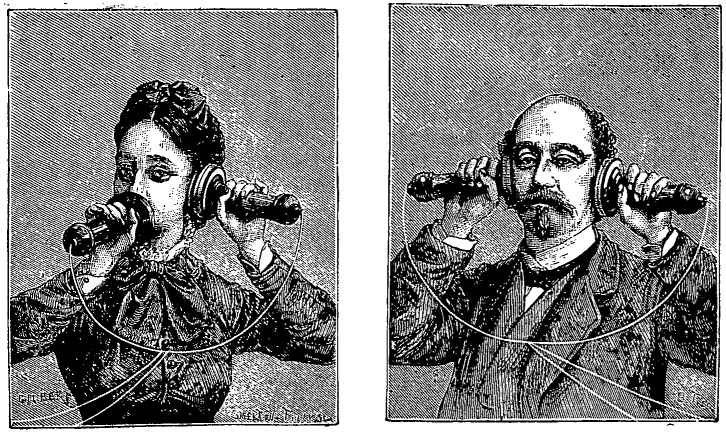
More than 500 of the commanders in the American Civil War were West Point graduates, and all but a handful of these studied under the same military theorist, Dennis Hart Mahan, whose course “Engineering and the Science of War” applied the lesson of Napoleon’s campaigns — that the key to success was rapid maneuver to concentrate one’s forces at a critical point of weakness in the enemy position. (Of Grant’s encirclement of Vicksburg, Mahan said, “European warfare can produce nothing equal to it since the 1st Napoleon.”)
In addition to Grant, Mahan’s pupils included William Tecumseh Sherman, George Meade, George B. McClellan, Henry Halleck, George Henry Thomas, John Sedgwick, Ambrose Burnside, Joseph Hooker, and Philip Sheridan among the Union forces and Robert E. Lee, Jefferson Davis, Stonewall Jackson, James Longstreet, Albert Sidney Johnston, P.G.T. Beauregard, John Bell Hood, Richard S. Ewell, J.E.B. Stewart, and William J. Hardee in the Confederacy. Historian James Robertson called him “the guru of the generals.”
(James Robertson, The Untold Civil War, 2011.)





